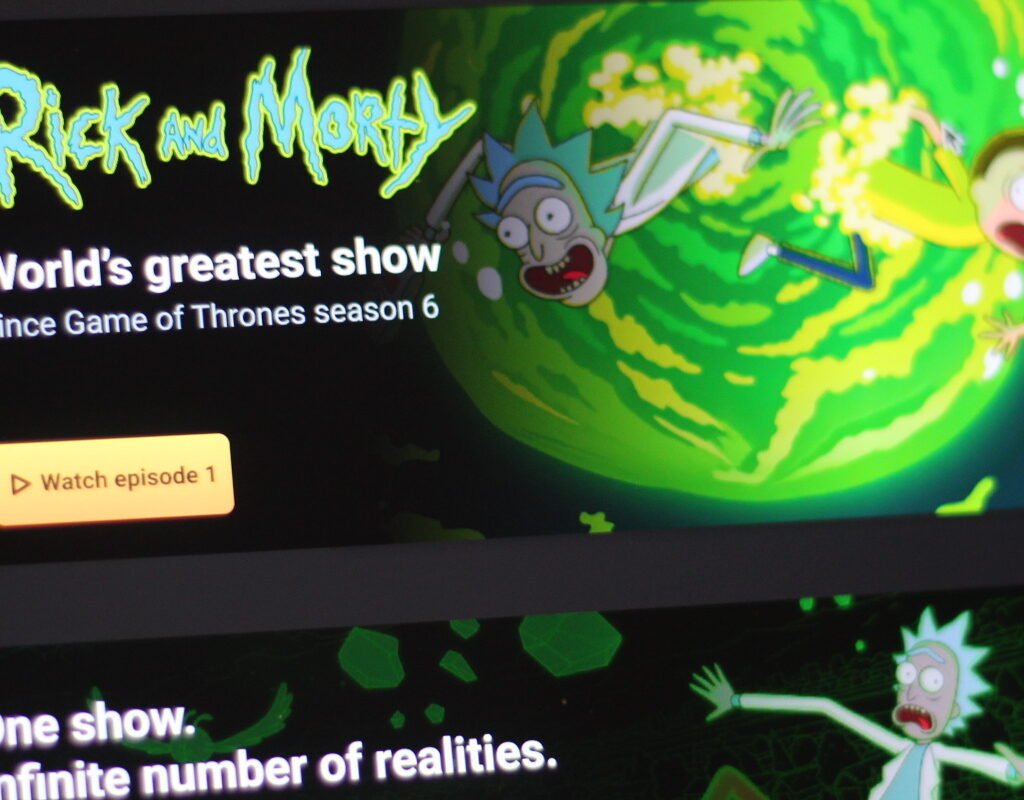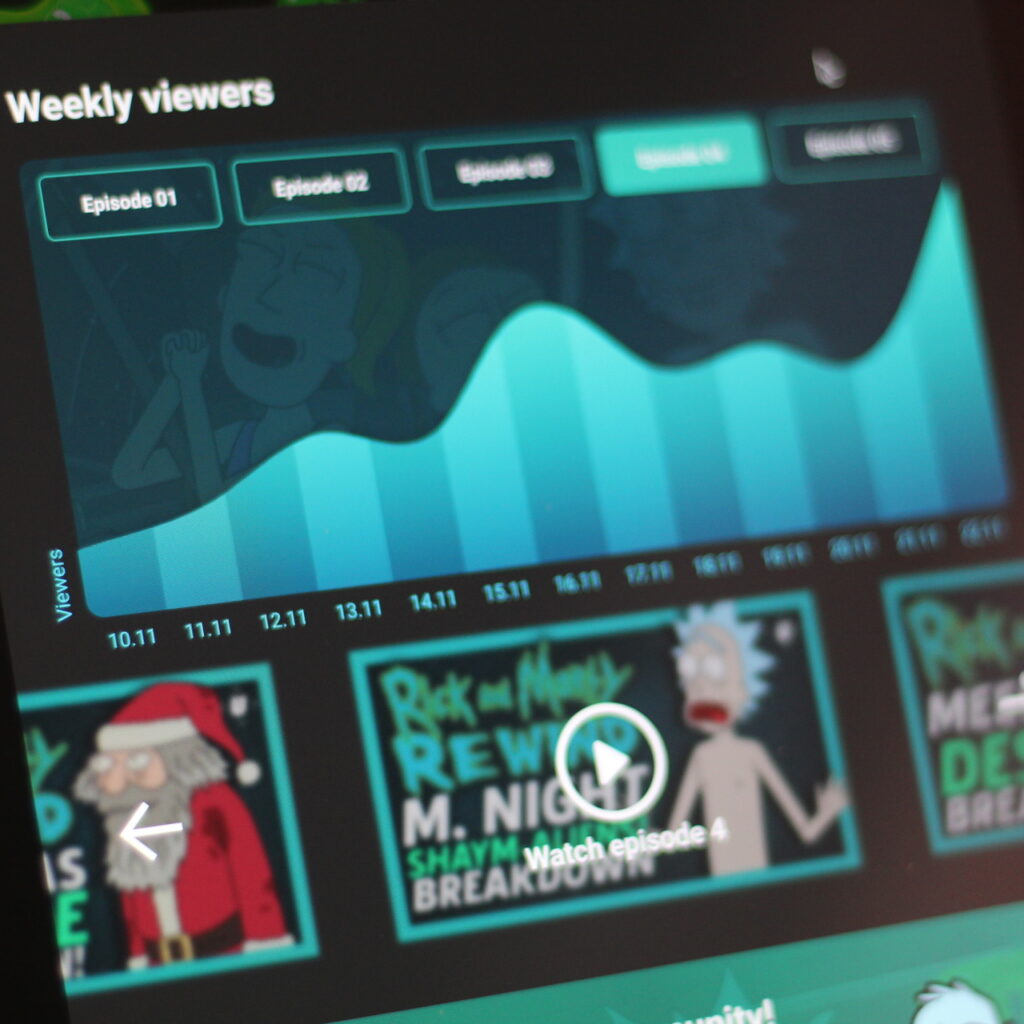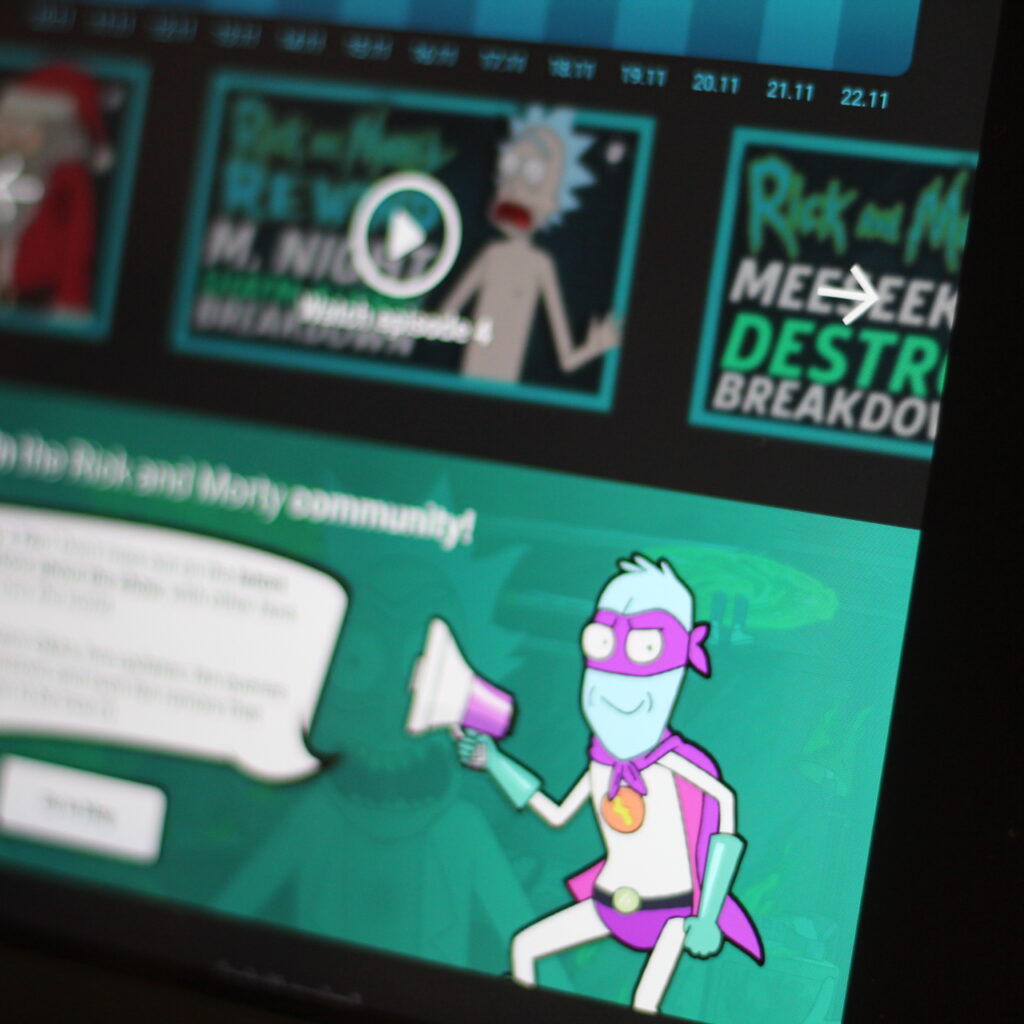There will be a lot of “introductory” text in this post, because I want to tell in detail my story of changing profession and finding a job.
Coronavirus period
During the corona period (oh my god, when was that?) I wanted to try myself in a new direction. I was a little tired of graphic design and wanted something new. I was very attracted to mobile applications and their development, especially since smartphones are in human hands all the time. We call, exchange messages, surf the Internet and all this with the help of a phone. Today it is an integral part of our life.
I purchased several courses from udemy.com: one of the courses explained the basics of UI design and working in Figma, the second course was on UX design. At the end of the course, I corrected my CV, carefully changing the inscription Graphic Designer to Junior UI / UX Designer and began to send out my resume to the companies. I don’t know how, but I received several responses and invitations to interviews, but pretty quickly everything “crashed” on the question “Do you have real projects?“.
My portfolio consisted mainly of graphic design work, and the last two works I prepared for UI/UX case:
- Landing page design for my client who I designed a logo for
- Fictitious car wash app. Yes, I had to go to work at the car wash because I needed money and food in the refrigerator, and the feedback on the design was very sad. And I decided to try to draw the design of a car wash application because I understand the process of this service: what the client wants, how it is easier for him to do it, how the business understands what the client wants, how to pay for the service.
Yes, today the design process of this application raises some questions, because I drew it mostly intuitively and with the help of personal experience, but nevertheless, all this is for the Junior position (do not judge strictly).
Do you have real projects?
This question from an employer landed me from heaven to earth and I decided that yes, I need a real project that I can show to a future employer.
In August 2021, one of my regular clients wrote to me, for whom I have already designed logos and other graphic materials for several years. He needs a simple website, a landing page, but I needed a real project. Work has begun.
Thanks to the knowledge from the courses, I first studied the sites of competitors, the sites of companies that provide similar services, roughly imagined the target audience (UX persona) that would use this site and began to develop a prototype.
The project has been successfully completed. I gained important experience in the development of the site, and the client got the site he wanted.
Ivan looking for a job
I went back to emailing companies that might be in need of designers. But I knew that I needed to stand out from the rest. I decided to try the new “way”: send a short letter saying I’m looking for a job and attach a PDF file with a short story about myself as a Cover letter. If the letter was answered, they usually asked to send a CV and a link to a portfolio. So I at least understood which company actually read the letter.
Previously, when I just applied for jobs and spammed my CV, I memorized the text of the rejection letters: oh, this is “unfortunately we decided…” 🙂 I could identify the rejection letter by literally reading a few phrases in the notification on the phone. Sad but true.
The new “way” of sending emails was more efficient. I remember very well one of the letters with the text: “Nice intro, but we’re not looking for designers right now :)”.
First test task and full interview
The first full-fledged interview took place in November 2021. It was the company TeraGen. At first, it was communication via e-mail, where, after viewing the portfolio, I was offered to do a test task. I agreed. As a result, my work entered the top 10 test papers and I was invited to an interview.
I was certainly worried, especially worried about my level of English, but everything went smoothly. Unfortunately, they didn’t take me, but I asked for feedback from HR. I needed to know what to pay attention to.
The answer from HR was the following: they have chosen a more experienced designer (the vacancy was for the position of UI / UX Designer, not Junior) and advised them to better prepare for an interview with HR (successes, struggles, conflicts, etc …).
Thanks to this, I started editing my CV again to highlight these very successes.
Self-education
In parallel with the job search, I read books, articles on UI / UX, watched videos. Some understanding of the work process of a UX designer has come. And I found a lot of similar approaches in UX that I myself used as a graphic designer when designing logos. And a puzzle began to take shape in my head:
- Thanks to my experience with mindless resume mailing, I came up with my own way of mailing so that the company will notice me
- Thanks to the interviews, I understood what they want to hear from me at the HR interview and at the professional interview
- Through constant study of articles and books on UI/UX, I learned what exactly a UI/UX Designer does.
Don’t stop
Once upon a time I had my own personal blog where I wrote about music, design and life. And one day this blog helped me get a job: in the posts I described in detail the process of work, and the employer has liked it.
I have remembered it well and after an interview with TeraGen, I decided that I needed to make my own website and blog. The blog should be employer-focused: only in English and with an emphasis on design. So rose from the ashes sytyakov.com and blabla.sytyakov.com 🙂
Mentoring
I try to post about my “steps” on LinkedIn. Even a piece of the test task was also published there.
I heard about such a thing as mentoring, but had little idea how to apply it. I found several designer profiles in Israel on LinkedIn and wrote to them asking for advice on how to find a job. I was very surprised by the answers, people really tried to help and suggest. One of the key tips was from Marianna Ostrovsky:
It is desirable that it be in the portfolio UX/UI. The logotypes and other layouts is not bad, but it should not be instead of UX/UI.
And I realized that it was time to put in order my portfolio. I was not going to hide all my works on behance. I decided to add 2–3 projects to the site. For now, let it be an application for a car wash, techno-sk.by and some project where I will show the work process in detail. This is how the idea to make Freshly Fresh was born. In addition, I managed to find a mentor from my city, who answered my questions and suggested some design tips.
Part 2 coming soon… 🙂





Reading your article helped me a lot and I agree with you. But I still have some doubts, can you clarify for me? I’ll keep an eye out for your answers.